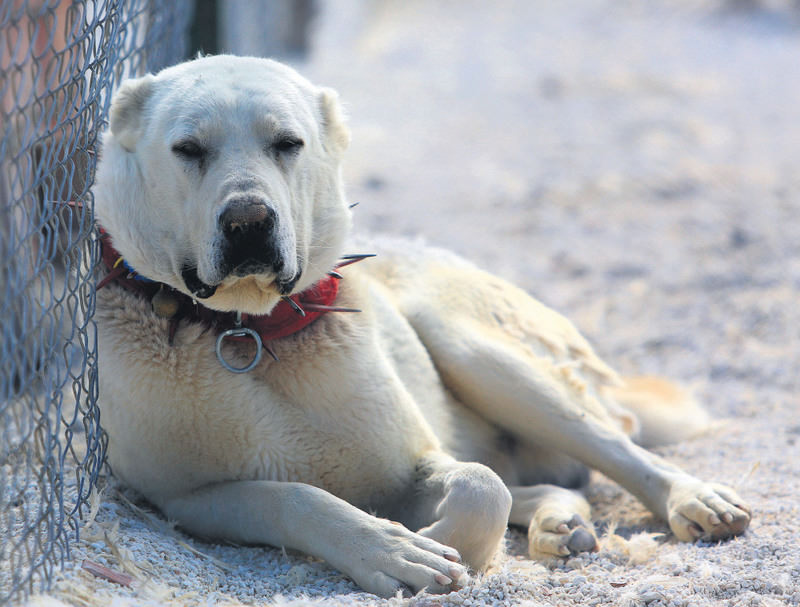Introduction
The Nova Scotia Duck Tolling Retriever, or Toller for short, is a medium-sized breed of dog that originated in Nova Scotia, Canada. Tollers are known for their high energy, intelligence, and affectionate nature. They were originally bred for hunting waterfowl and are skilled at luring birds within range of hunters by playing and jumping along the shorelines. Tollers have a distinctive red coat that is dense and water-repellent, which requires regular brushing and grooming to maintain.
Nova Scotia Duck Tolling Retriever Temperament
The Nova Scotia Duck Tolling Retriever is a friendly and outgoing breed that is intelligent, energetic, and playful. They have a natural instinct to retrieve and require plenty of exercise and mental stimulation. Tollers are loyal companions and do well with active individuals or families who enjoy outdoor activities.
Aggression

Aggressive behavior is not common in Nova Scotia Duck Tolling Retrievers, but like any breed of dog, it can occur in individual animals. Tollers are generally known for their friendly and affectionate nature, but they can display aggression if they feel threatened or fearful. Signs of aggressive behavior in Tollers can include growling, barking, biting, and snapping.
Health and Lifespan
The reported lifespan range of Nova Scotia Duck Tolling Retrievers is typically between 12 to 14 years. However, individual lifespan can vary depending on genetics, diet, exercise, and overall health.
Food for Nova Scotia Duck Tolling Retriever

The best food for a Nova Scotia Duck Tolling Retriever is a high-quality, nutritionally balanced diet that meets their specific nutritional needs. Tollers are an active breed and require a diet that provides them with sufficient protein and energy to support their active lifestyle. Look for dog food that is formulated with high-quality protein sources, such as chicken, beef, or fish, and contains essential vitamins and minerals. It is important to avoid dog food that contains fillers, artificial preservatives, and artificial colors, as these can be harmful to a Toller’s health.
Training for Nova Scotia Duck Tolling Retriever
To train a Nova Scotia Duck Tolling Retriever, use positive reinforcement methods and keep training sessions short, frequent, and positive. Early socialization is important, and they need plenty of exercise and mental stimulation. They thrive on challenges and can benefit from obedience or agility training. Tollers make loyal and engaging companions for active individuals or families.
Conclusion
In conclusion, the Nova Scotia Duck Tolling Retriever is a friendly, high-energy breed that makes an excellent companion for those who have an active lifestyle. With their distinctive red coat and outgoing personality, they are sure to capture the hearts of those around them. While Tollers require proper training, socialization, and grooming to thrive, they can make loyal and loving pets that bring joy to their families for many years. By providing them with a high-quality diet, regular exercise, and plenty of love and attention, Tollers can live happy and healthy lives as valued members of their families.




